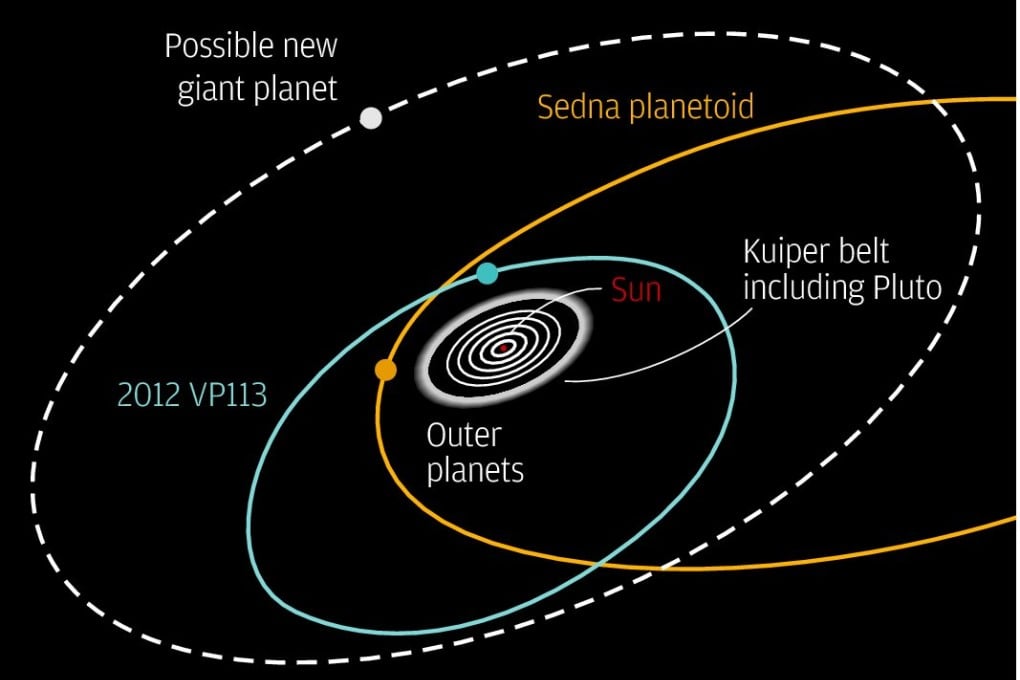Scientists discover new dwarf planet 2012 VP-113 beyond distant Pluto
Discovery of 2012 VP-113 beyond Pluto might hint at an invisible giant and help us understand early interplanetary movement

Astronomers searching for the faintest glimmers of light beyond distant Pluto say they've discovered a new dwarf planet - and that this planetoid's movements hint that an invisible giant planet perhaps 10 times the size of earth could be lurking around the dark fringes of our solar system.
The stunning discovery of the new dwarf planet 2012 VP-113, described on Wednesday in the journal Nature, helps confirm the existence of an "inner Oort cloud" in an interplanetary no man's land that was once thought to be empty but could potentially be teeming with rocky denizens.
"We had high hopes, and our hopes were confirmed," said Scott Sheppard, an astronomer at the Carnegie Institution for Science who co-wrote the paper with Chadwick Trujillo of the Gemini Observatory in Hawaii.
2012 VP-113 measures about 450 kilometres across and comes to within about 80 astronomical units of the sun, or about 12 billion kilometres. (One astronomical unit is the distance between the earth and the sun.) That's far beyond the Kuiper belt, an icy field of debris that sits beyond Neptune's orbit.
While the dwarf planet is incredibly far out, it's still not far enough to be part of the Oort cloud, a hypothesised cloud of icy debris that surrounds the solar system's disc in a spherical shell that stretches a mind-blowing 5,000 to 100,000 astronomical units from the sun. 2012 VP-113's orbit stretches for a few hundred astronomical units, in what scientists thought was an empty doughnut ring of space between the Oort cloud and the Kuiper belt.
That assumption began to change in 2003 with the discovery of Sedna sitting near the inner edge of this no man's land. Roughly 950 kilometres wide, Sedna is big enough to qualify as a dwarf planet. So scientists were puzzled. Was Sedna a freakish one-off, or was it part of a population of rocky bodies in that supposedly empty area - an inner Oort cloud?
An inner Oort cloud would be valuable to study, scientists said, because these objects were so far away from the gravitational pull of either the planets or the distant stars that they were like a dynamic "fossil" of interplanetary movement in the early solar system.